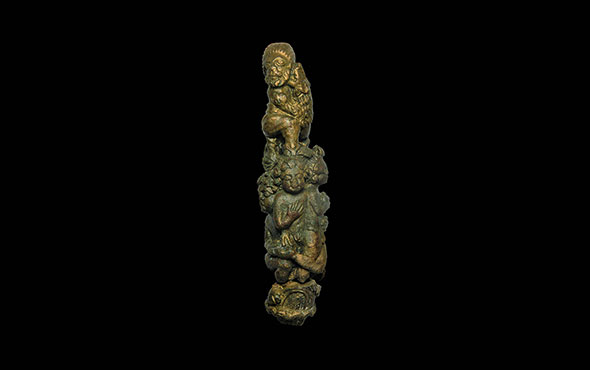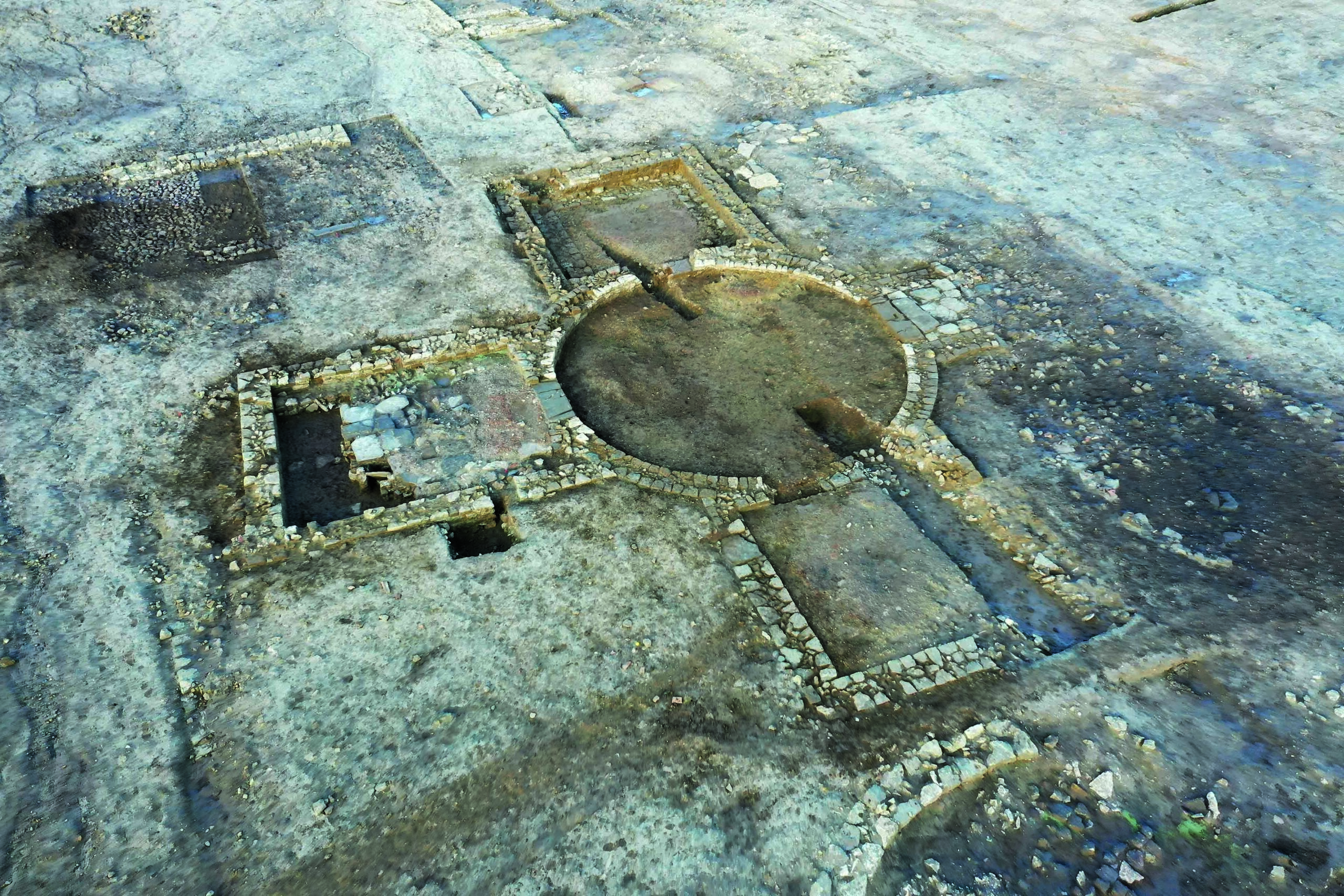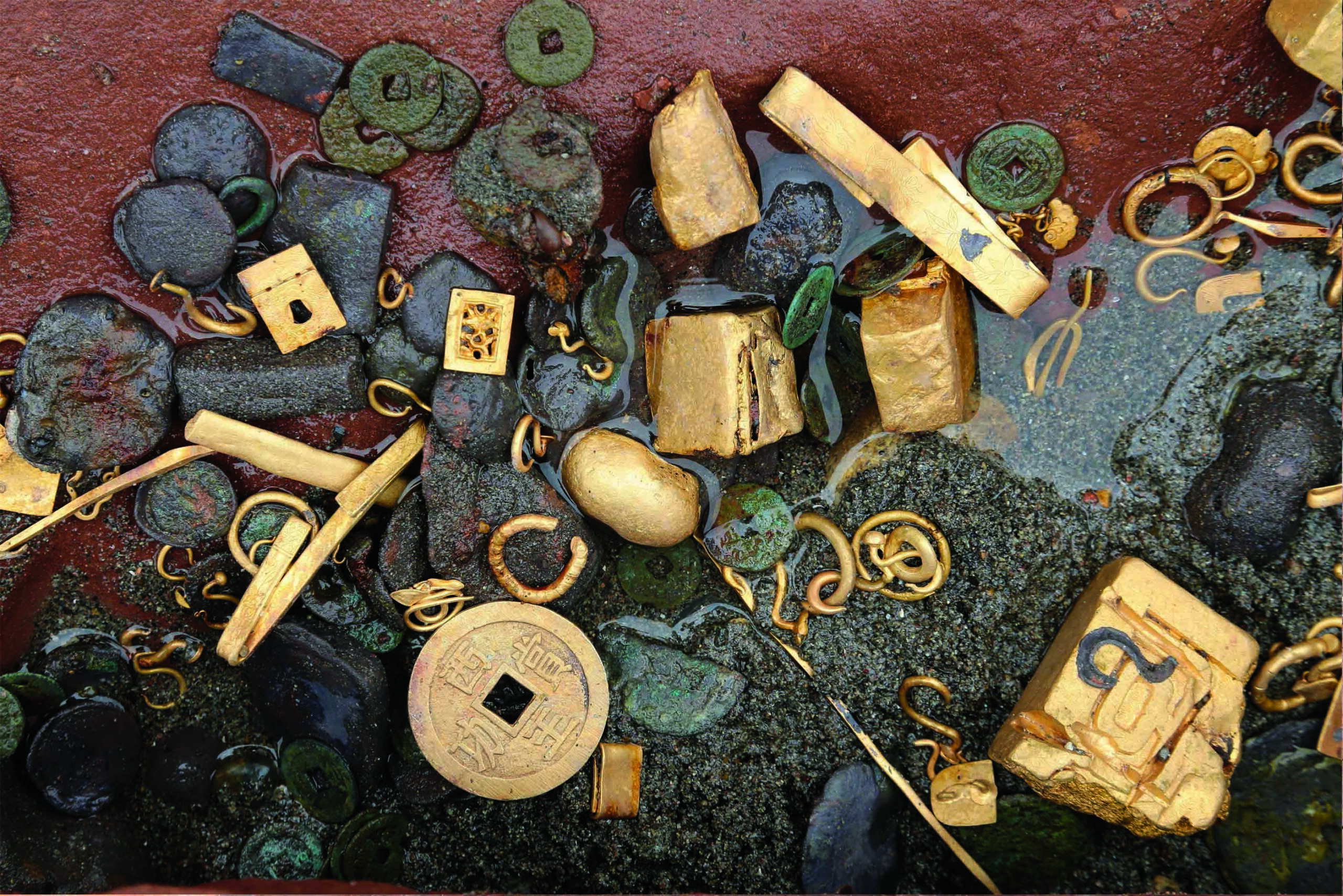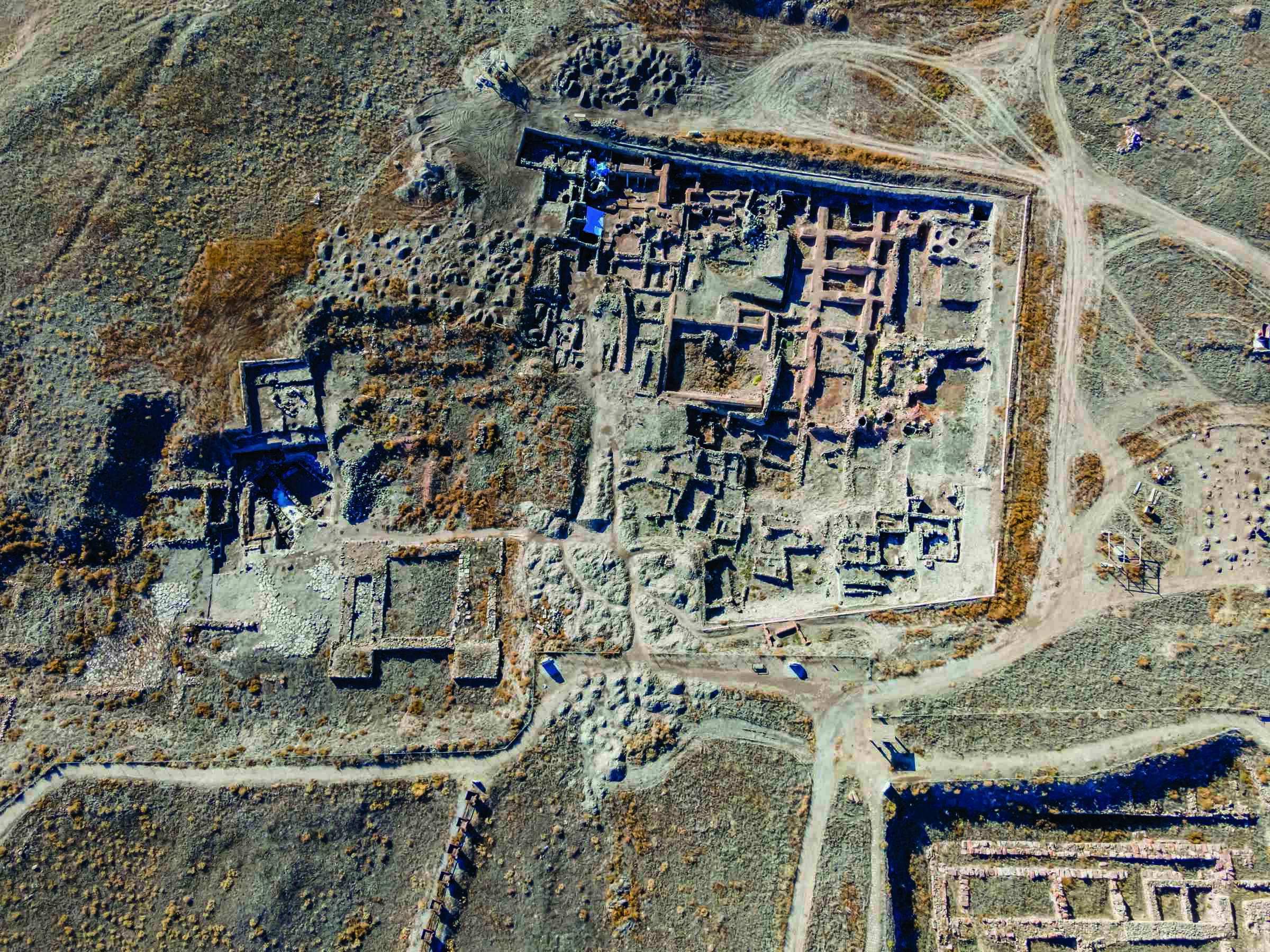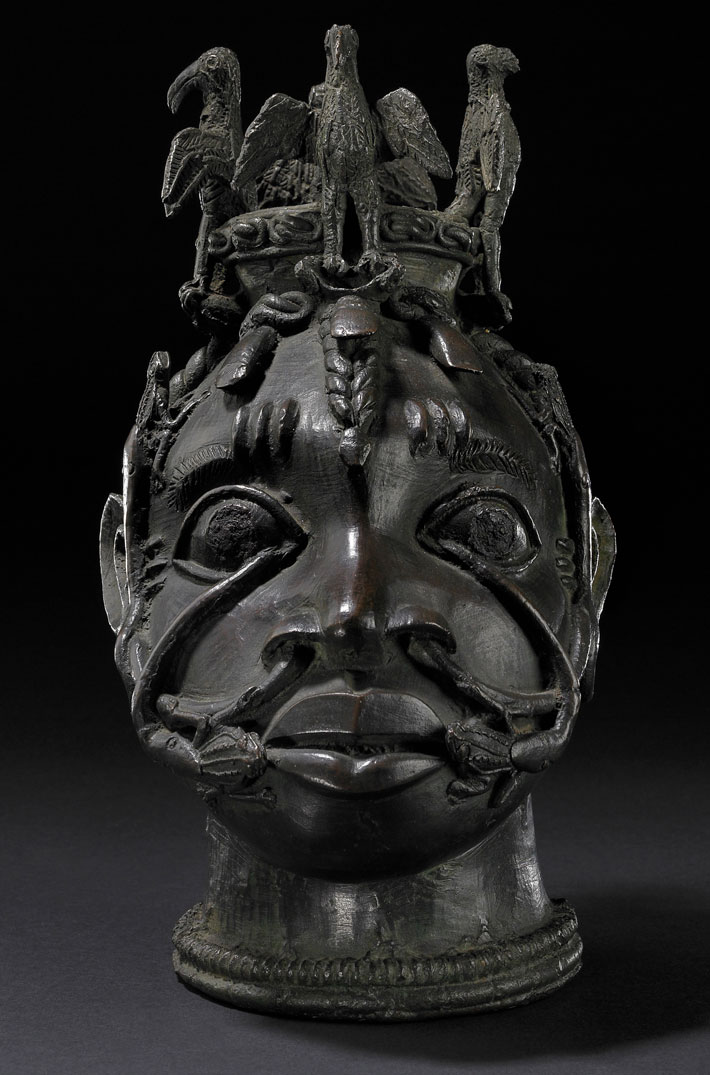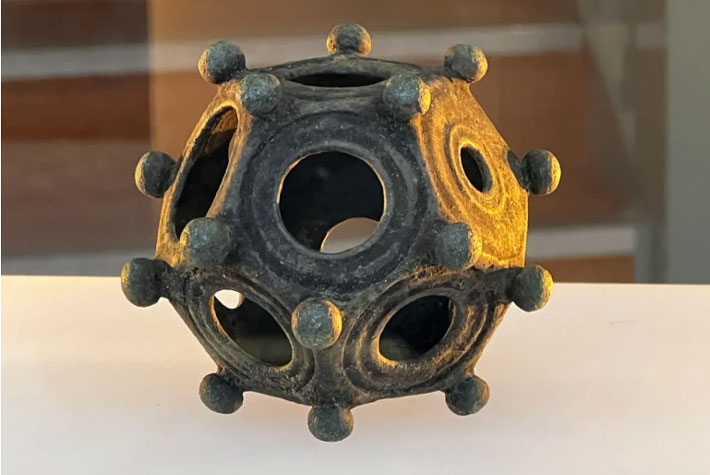
LINCOLNSHIRE, ENGLAND—Live Science reports that a well-preserved dodecahedron was discovered in a farmer’s field in England’s East Midlands by members of a local volunteer organization known as the Norton Disney History and Archaeology Group. About 100 dodecahedrons, dated to between the first and third centuries A.D., have been found, but only in northwestern Europe, in areas inhabited by Gauls or Celts. This dodecahedron is large, about the size of a grapefruit, whereas other examples have been as small as a golf ball. The objects do not bear any inscriptions, and no descriptions of them have ever been found in Roman texts, making it unclear what purpose they may have served. Archaeologists have suggested that they were used as toys, dice, maces, slingstones, range-finding devices for artillery, or perhaps served a religious or cultic function for fortune telling or sorcery. To read about a massive Roman building complex unearthed in North Yorkshire, go to "Leisure Seekers."



